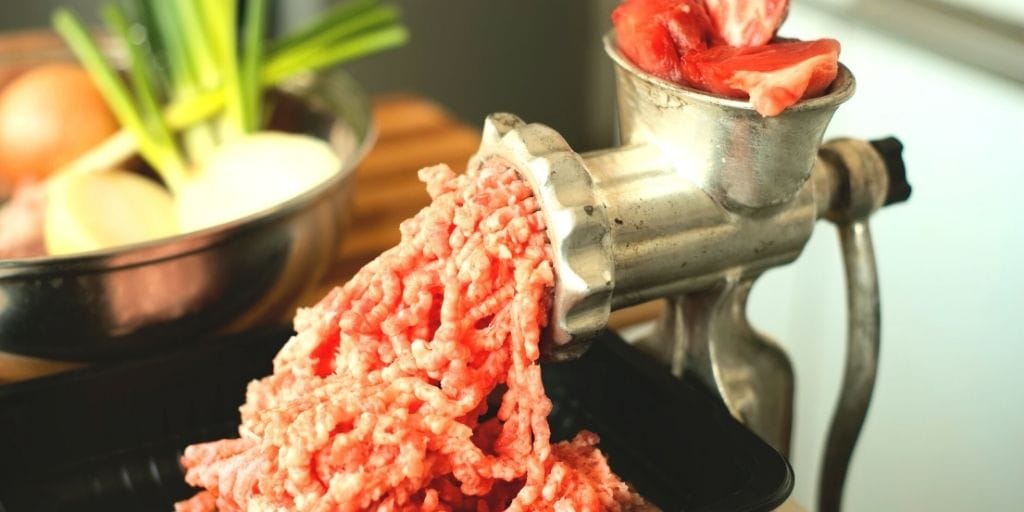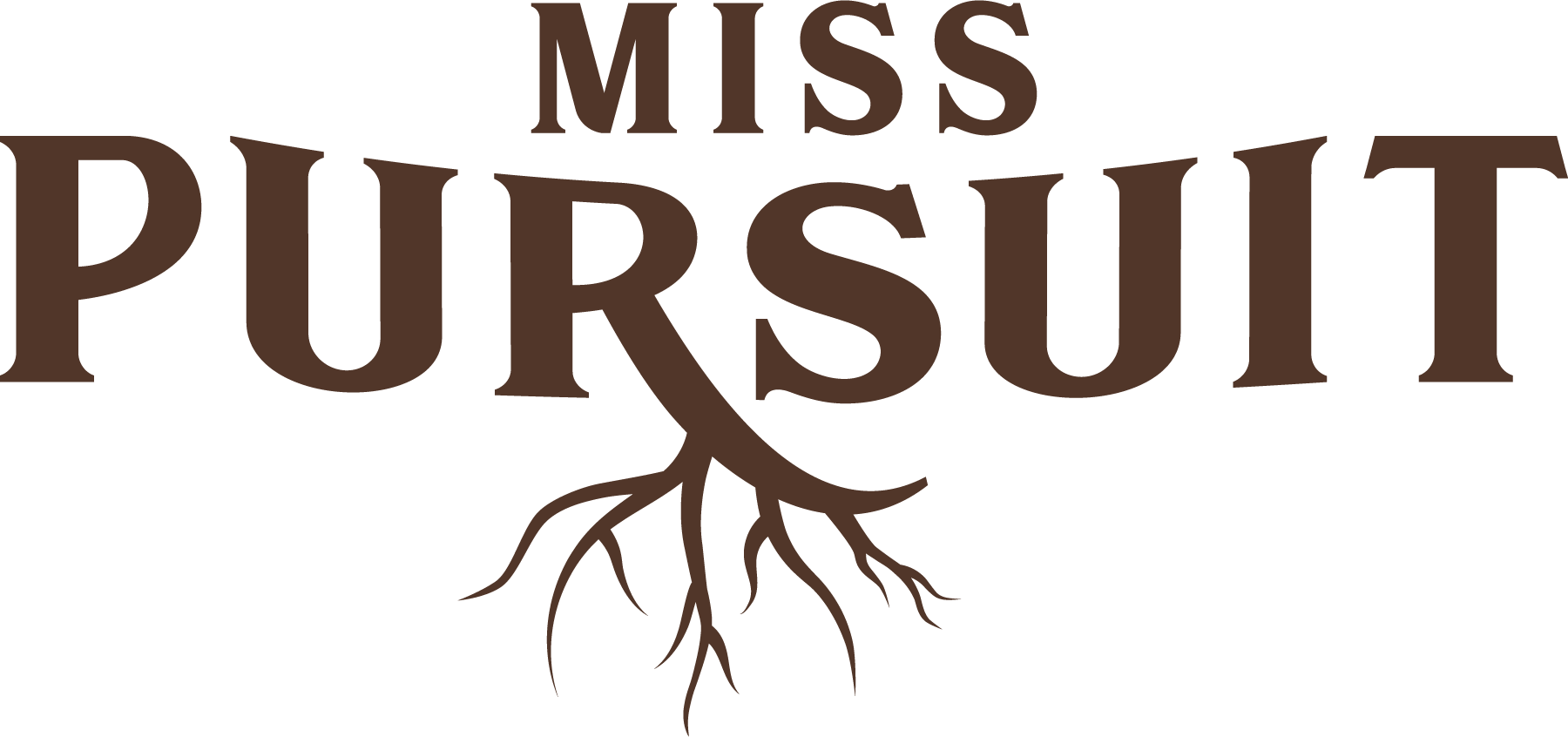It seems that these days people are taking it upon themselves to butcher their own meat. There are a lot of benefits to it! You get the privilege of watching your meat truly go from field to table. Here is a list of equipment for meat processing and butchering at home!

Equipment for Meat Processing and Butchering Your Own Meat
Sharp Butcher Knives
Really any sharp knives work great for the butchering process. I prefer Outdoor Edge butchering kits. These kits come with every knife you’ll need to break down an animal from whole all the way down to packaged meat in your freezer. They also contain an awesome sharpener that is super quick and easy to use. There are tons of other great butcher sets on the market as well. Whatever seems to work best for your process is what you should go with.
Read More: Organizing Wild Game Meat
Metal Bowls
I like good, lightweight metal bowls to separate cuts of different meat. They are easy to carry around and shift when full of meat and it seems the meat doesn’t stick to them too badly. They also fit great in the fridge to keep the meat nice and chilled till you can wrap it and get it into the freezer.
Cutting Boards
Another piece of equipment for meat processing? A couple of large cutting boards to cover nearly the whole workspace are super handy. This makes it easy to cut and place any piece of meat anywhere in your workspace. They also keep your workspace clean and take any damage instead of the surface you’re using. We like to use them on our dining room table so multiple people can cut meat at once.
Plastic Wrap
Plastic wrap is a must-have piece of equiptment when processing and butchering your own game meat. Use it to cover your bowls so the meat doesn’t dry out and to wrap your meat for the freezer. You can find plastic wrap at nearly any grocery store.
Meat Grinder
There’s no reason to get anything super huge and fancy. There have been many animals we have processed through a small grinder that attaches to a mixer. These grinders are affordable and easy to store. They also make the cleanup a bit easier since you won’t have to take a huge mechanism apart to clean it. However, you can always upgrade to a fancy grinder when you’re ready!
Freezer Paper
I like to use freezer paper to wrap meat in the freezer because it protects from freezer burn so well. It’s also really easy to write on so you can identify what cut of meat is in each package.
Sharpies
Most people have some type of permanent marker laying around the house. I like to grab a black Sharpie to label each package with which deer it was, the year it was taken, and what cut of meat is in the package. That way if for some reason an entire deer is not edible you know which packages it is when in the freezer.
Packing Tape
You’ll need tape to tape your packages of meat closed if using the plastic wrap and freezer paper route
Food Saver
Although I prefer the plastic wrap and freezer paper method, you may be interested in using a food saver. Food savers simplify the process of packaging your meat, however, are a bit more of an expensive alternative. They don’t seem to protect from freezer burn as well, but they are a convenient appliance for processing your game meat.
Looking for new wild game recipes? Get our downloadable with 10+ recipes today.
Commonly asked questions about meat processing:
What equipment is used in meat processing?
In meat processing, various types of equipment are utilized to handle and prepare the meat. Some common equipment includes meat grinders, slicers, mixers, vacuum sealers, tenderizers, smokehouses, and industrial ovens. These machines facilitate tasks such as grinding, slicing, mixing, marinating, packaging, and cooking, ensuring efficient and safe meat processing.
What are the 4 types of meat processing?
The four primary types of meat processing methods are:
- Cutting and Deboning: This involves separating the meat from the bones and removing excess fat or skin.
- Grinding and Mincing: Meat is passed through a grinder to create minced meat, which is often used in sausages, meatballs, and ground meat products.
- Curing and Smoking: Meat is treated with curing agents, such as salt and nitrates, and then exposed to smoke for flavor enhancement and preservation.
- Slaughtering and Butchering: This process involves the humane slaughtering of animals and the subsequent division of carcasses into cuts for retail sale.
What do you need to process meat?
To process meat effectively, you typically require several essential items, such as:
- Cutting tools: Knives, cleavers, and bone saws are necessary for trimming, deboning, and portioning meat.
- Grinding equipment: Meat grinders are used to transform meat into ground or minced form.
- Mixing and marinating containers: These are used to blend ingredients and marinate the meat for flavor enhancement.
- Packaging materials: Vacuum sealers, cling film, and storage containers help in preserving processed meat.
- Cooking appliances: Ovens, grills, and stovetops are needed to cook the meat to the desired doneness.
- Safety equipment: Gloves, aprons, hairnets, and sanitizing agents are crucial to maintaining hygiene standards and ensuring food safety.
Which machine is commonly used in commercial meat product processing?
The meat processing industry often relies on the use of commercial meat grinders. These machines are designed to handle large quantities of meat efficiently, allowing for high-speed grinding and mincing. Commercial meat grinders are equipped with powerful motors, durable cutting blades, and various grinding plates to achieve different textures and sizes of ground meat. They are widely used in commercial kitchens, butcher shops, and meat processing plants to meet the demands of large-scale meat production.
Once you have this simple equipment, you’ll be ready to process and butcher all your own game meat at home!
Looking for new wild game recipes? Get our downloadable with 10+ recipes today.
Miss Pursuit is a participant in the Amazon Associates Program. Miss Pursuit may earn a small commission for our endorsement, recommendation, testimonial and/or link to any products or services from this website. Your purchase helps support our work in bringing you real information about hunting and the outdoors.
